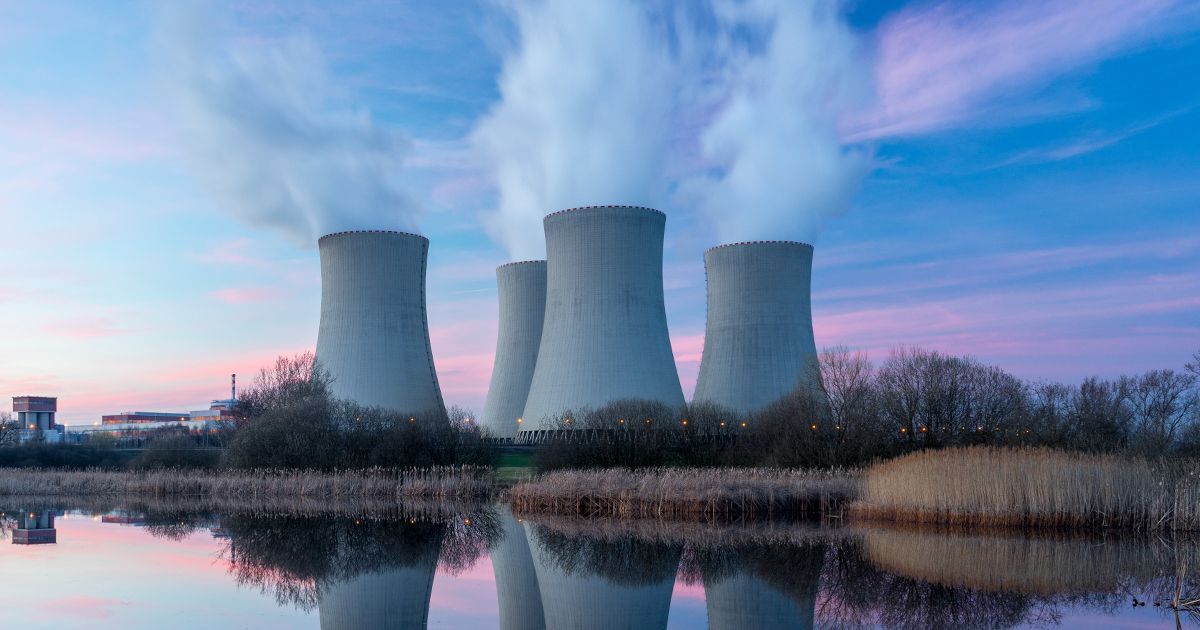Did you know that the Sun as the center of our solar system produces abundant energy through chain fusion reactions?
This fusion nuclear reaction takes place under extremely high temperatures and the influence of the Sun’s natural gravitational pressure which is also very, very high. The nuclear reaction process produces enormous thermal energy so that it can become an important source of energy for our Earth.
But maybe some of us are wondering why if the Sun produces energy from the nuclear reaction process, but we who are on Earth are not affected by nuclear radiation? This is what we need to get right. Because in the world of science there are two nuclear reactions namely the fission reaction and the fusion reaction. A very fundamental difference between the two is if a fission reaction is the breakdown of one atom into two, whereas a fusion reaction is the joining of two atoms into one. However, both nuclear reactions together produce a very large side energy.
Let’s start with the understanding of fission reactions. The meaning of the word fission or fission in English means a separation or breakdown into smaller parts. Nuclear fission produces energy from the process of splitting atoms into even smaller atoms. The discovery of this nuclear fission process actually originated from Albert Einstein’s prediction that the mass of matter can be converted into energy. After that in 1939 scientists began experimenting, until a year later Enrico Fermi, an Italian scientist, succeeded in making the world’s first nuclear reactor.
Nuclear fusion occurs in an unstable atomic isotope (usually an atom with the same number of protons, but has a varying number of neutrons) bombarded by high-speed particles, usually neutrons. The neutrons accelerate until they finally hit the unstable isotope, resulting in fission, breaking into smaller particles. During the process, neutrons are targeted at the nucleus (nucleus) of the atom so that the nucleus is split into new smaller atoms, neutron fragments, and gamma radiation. In the process of chain fission reactions such as those applied in nuclear power plants, the neutron fraction resulting from the initial fission reaction will hit another uranium atom so that it splits and releases energy. This chain reaction will continue until the fuel runs out.
The most popular raw material for fission of nuclear fission is Uranium-235. If the nuclear fission of the Uranium atom is written into a chemical reaction, it would be like this:
U-235 + n ===> Ba-144 + Kr-90 + 2n + about 200 MeV
U-235 + n ===> Ba-141 + Kr-92 + 3n + 170 MeV
U-235 + n ===> Zr-94 + Te-139 + 3n + 197 MeV
Most of the atoms in the fission process of Uranium are Barium and Krypton atoms. The breaking up of uranium atoms is followed by the release of an amount of energy of 170 to 200 MeV (read: MegaElectron Volt). One MegaEelectron Volt is equivalent to 1.60217662 × 10 -13 Joules.
Next let’s discuss the nuclear fusion reaction. The meaning of the word fusion or fussion in English is the merging of several different elements into one whole. While the understanding of the term nuclear fusion reaction is the merging of the nuclei of atoms to form a heavier nucleus, and followed by the release of large energy. Fusion reactions occur when two isotopes of low mass atoms, usually hydrogen, fuse to form new atoms, which are usually Helium, under extreme pressure and temperature.
This fusion reaction is experienced by the Sun. Hydrogen atomic isotopes namely Tritium (Hydrogen-3) and Deuterium (Hydrogen-2) combine under high pressure and temperature to then form Helium and neutron isotopes. This process will be followed by the release of very large heat energy, so that when juxtaposed with fission of Uranium, hydrogen fusion nuclear produces far greater energy.

